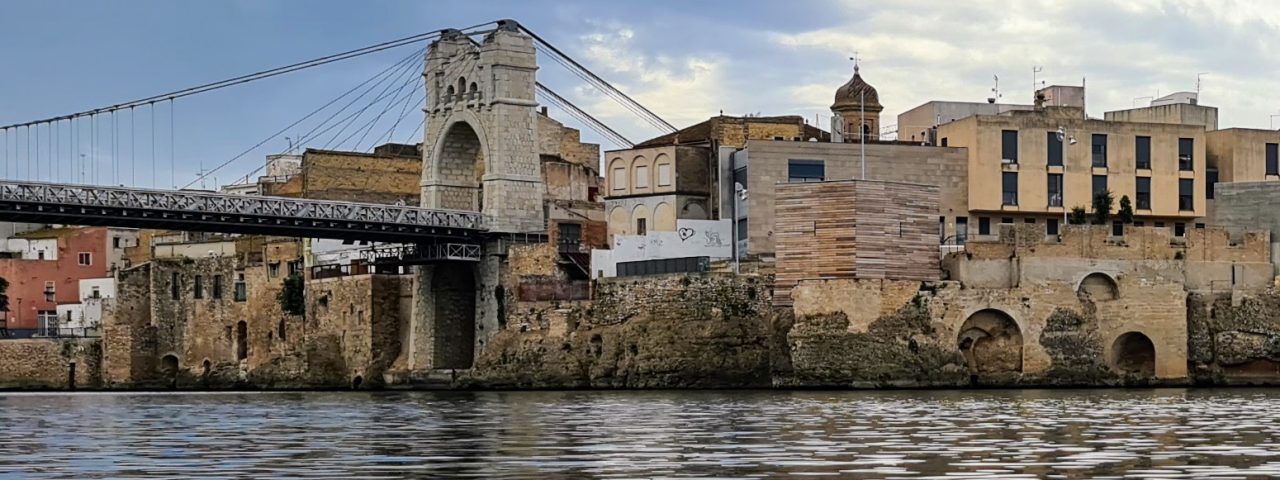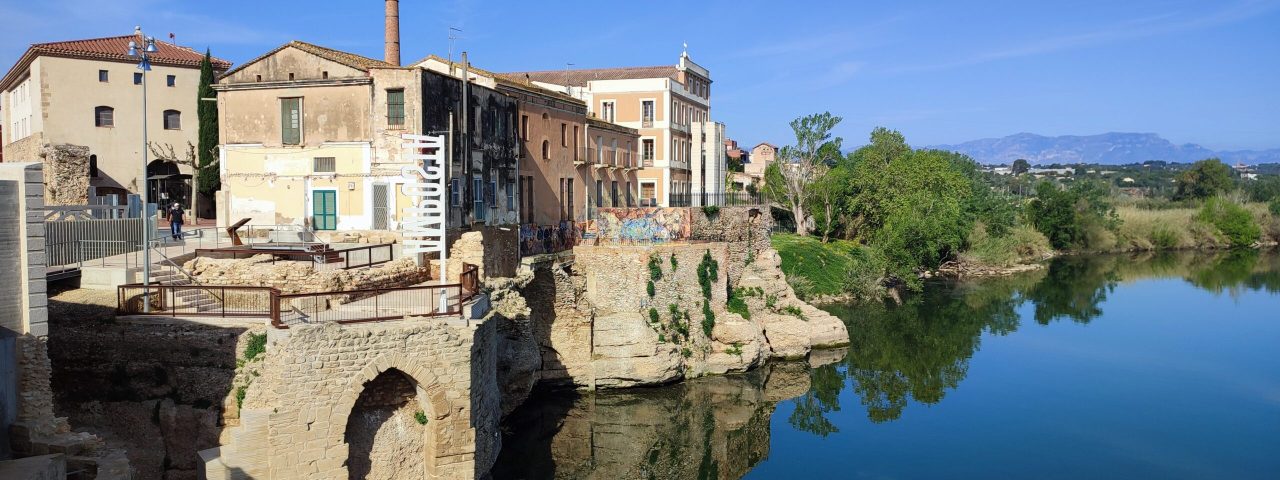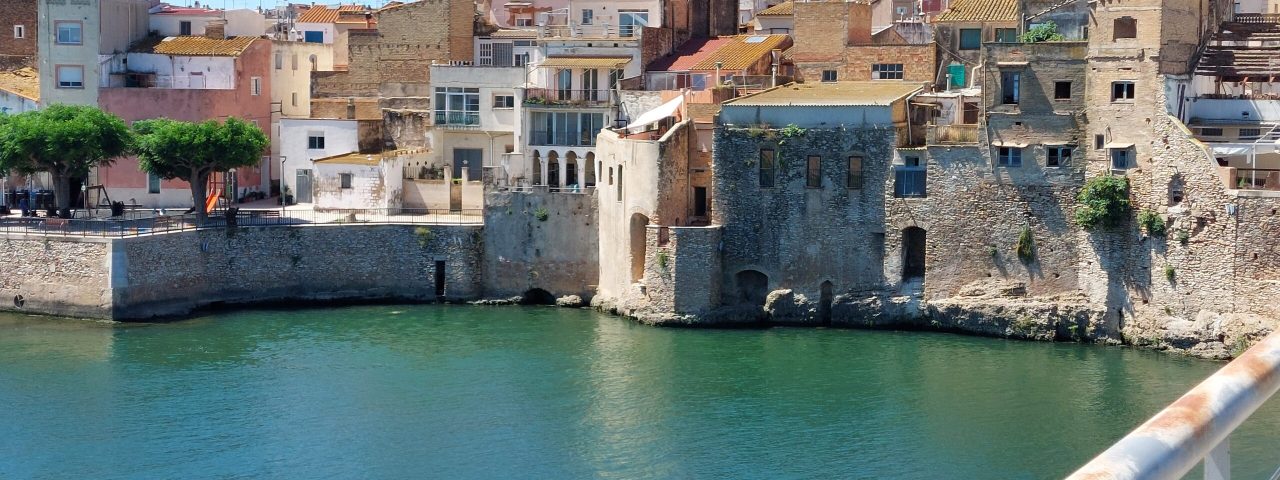Amposta has a rich historical heritage, with roots dating back to Roman times when it was an important settlement along the Ebro River. During the Middle Ages, it was a strategic site, marked by the construction of a fortress and its role in the Reconquista. Throughout history, Amposta has been influenced by various cultures, including the Romans, Moors, and Christians, leaving behind a tapestry of cultural and architectural elements that can still be seen today.
One of the most significant historical landmarks in Amposta is the iconic suspension bridge, known as the “Pont Penjant,” which spans the Ebro River. Built in 1921, it is one of the city’s most recognized symbols and an important part of the region’s engineering history. The city also celebrates its agricultural roots, particularly through the cultivation of rice, a staple product in the Ebro Delta. Festivals such as the “Festa de la Sega” (Rice Harvest Festival) showcase Amposta’s connection to the land, its agricultural traditions, and local customs.
Amposta is also known for its lively cultural scene, with various annual events that draw crowds from across Catalonia. The “Festes Majors” in August are among the most significant, celebrating the city’s patron saint with parades, concerts, and traditional dances. The city’s blend of historical significance and vibrant cultural life offers a captivating experience for visitors interested in history, local traditions, and cultural events.


